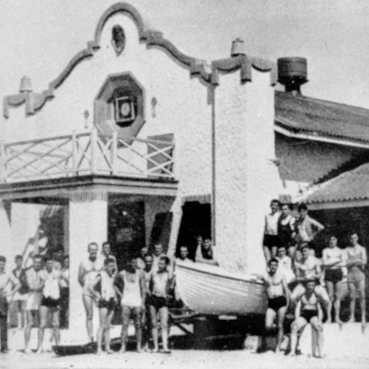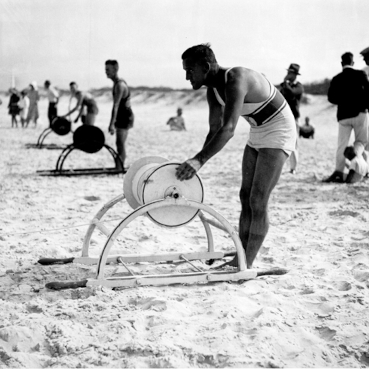In a sold-out gala event, Southport Surf Life Saving Club (SLSC) celebrated its past by launching a ‘100-year’ book, with even his excellency King Charles recognising the club’s achievements.
On 15 December 1924, a group of “Southport gentlemen” formed the club due to concerns around a likely increase in drownings, after the completion of the Southport to Main Beach bridge began to bring more tourists to the area.
But the club’s full history begins in 1912, when three men lost their lives in a tragic drowning at Main Beach. The following year the first group of volunteer lifesavers began their patrols. This group disbanded after a few years, followed by another short-lived group starting in 1920.
Fortunately, Southport SLSC did not go the way of the first two clubs.
On Easter Sunday in 1926, the first clubhouse was erected. Ten years later a cyclone destroyed the clubhouse, yet only three days later plans were already in place to rebuild.
In January 1937, the club erected Queensland’s first self-contained clubhouse, officially opened by the Governor of Queensland, Sir Leslie Wilson, where the building was described as “a very fine structure… the interior furnishings of which are up to date in every respect”.
The new construction cost a total of £1,469, 14 shillings and 6 pence – around $2,940 in today’s money.
Since then, the club has gone from strength to strength. Starting at a membership of 20, it now boasts over 1,150 members.



In the 1960s, Southport SLSC was one of the first clubs to pioneer the Nippers program, while in the 1980s it was one of the first to put women on patrol.
Two notable club members were Mark Bennetts, former world ironman champion, and Grant Davies, Olympic silver medallist.
Yet according to a former club president and life member John Ogilvie, the club focus was to save lives at “one of the most dangerous beaches in Australia”.
“Main Beach can be very treacherous. Back in the day, we only had the reel, line and belt to rescue people – there were no boards, rescue tubes, IRBs or helicopters and very few patrolling members compared to what we have now.”
In a letter to the club, King Charles wrote that he was touched by the dedication and commitment of the club’s members.
His Highness sent “heartfelt congratulations to all those involved”.

